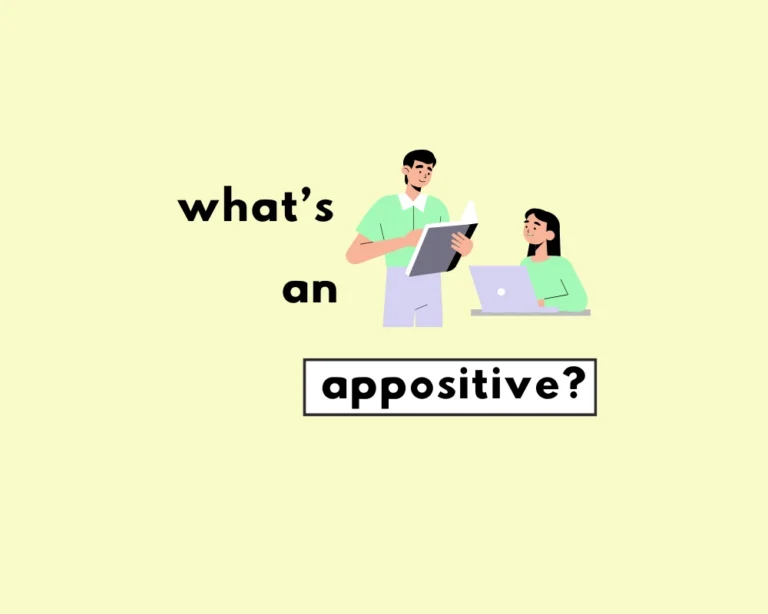
Appositive Nouns (Meaning, Explanation & Examples)
What are appositive nouns in grammar? An appositive or appositive nouns (also called a noun phrase) is a word or phrase that gives additional information
Grammarflex » nouns
Nouns name people, places, things and ideas. They’re one of the 8 main parts of speech that make up language, and they’re around us everywhere. There are many types of nouns; some of which are concrete or abstract, common or proper, singular or plural.
Learn everything there is to know about nouns, at Grammarflex.


What are appositive nouns in grammar? An appositive or appositive nouns (also called a noun phrase) is a word or phrase that gives additional information
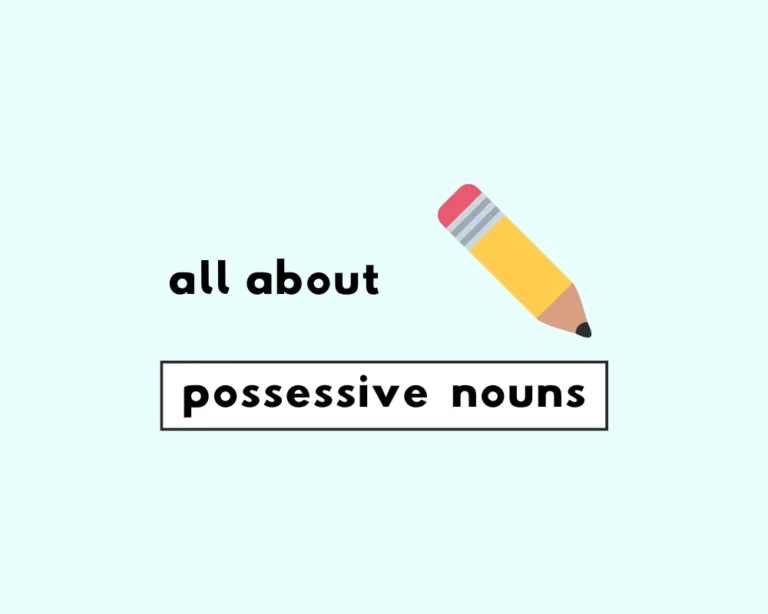
Possessives show possession or belonging, and are formed with the addition of an apostrophe + s to the end of a noun.
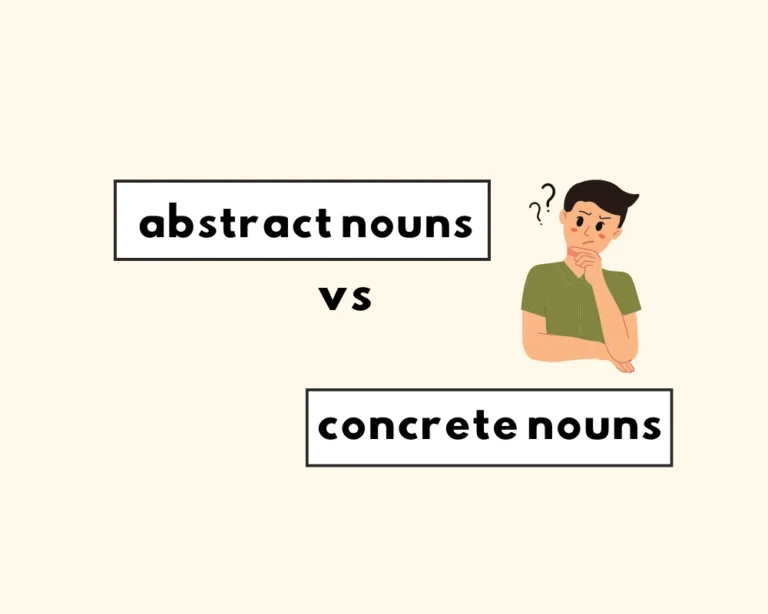
Things we can see, touch, feel and count are concrete nouns. Abstract nouns name nonphysical ideas, emotions, states and qualities, like empathy, justice and buddhism.
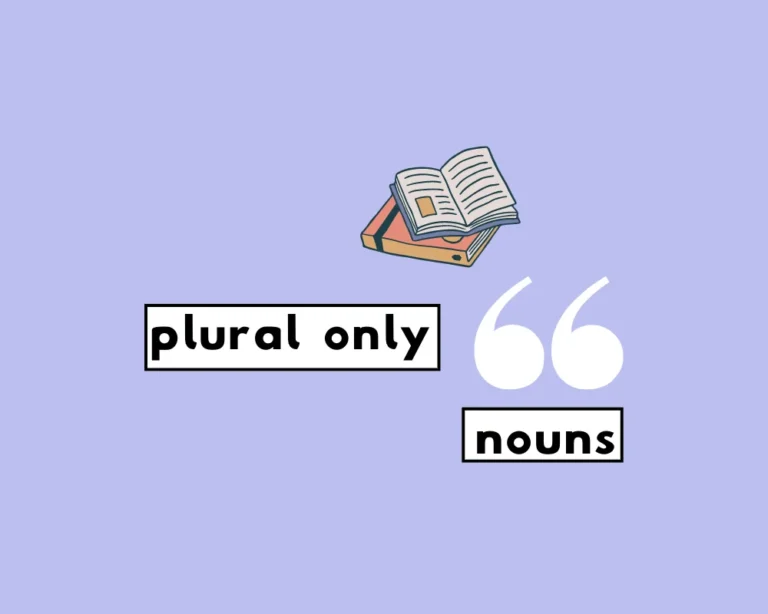
In English, items that are made up of parts, pieces and pairs are called plural-only nouns, also known as non-singular nouns.
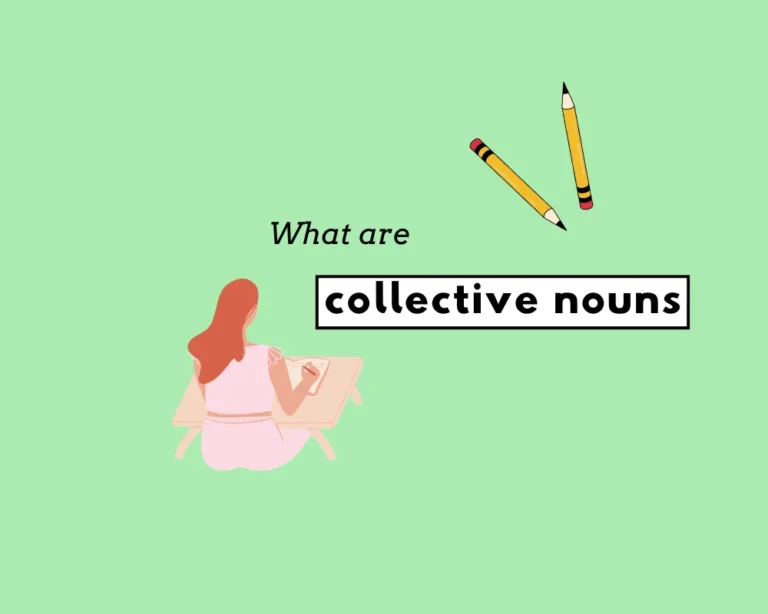
Collective nouns name a group, unit or collection as one whole or single entity: an army of soldiers.
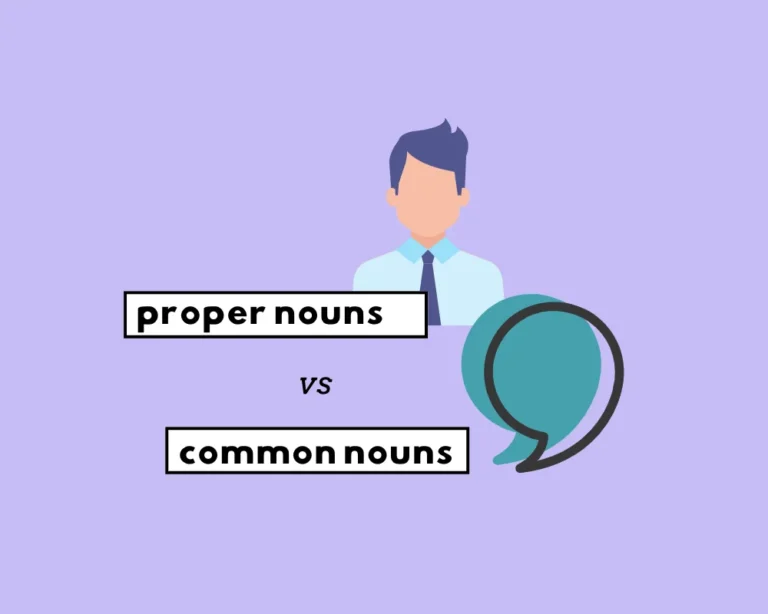
Proper nouns name specific people, places or things. Common nouns name general categories and types.
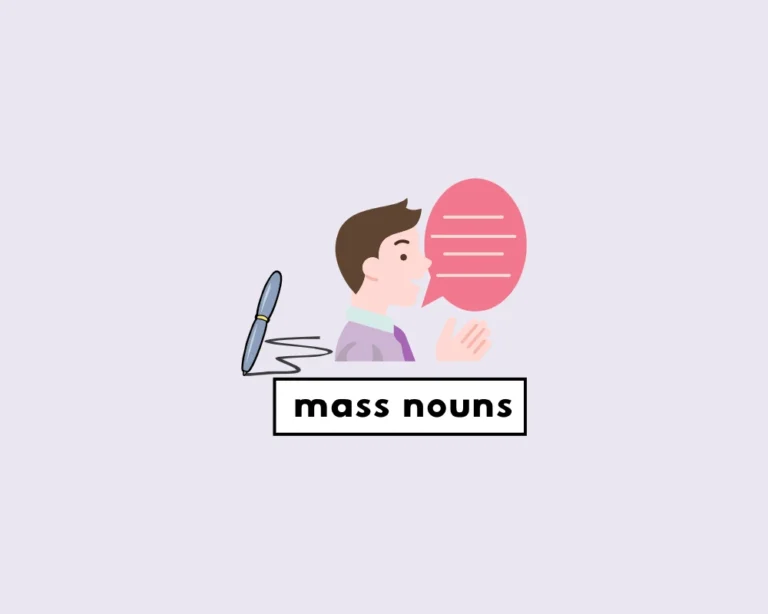
Mass nouns, also non-count nouns, are things or concepts that we cannot physically count. Think fire, sand and water, which are things we cannot count.
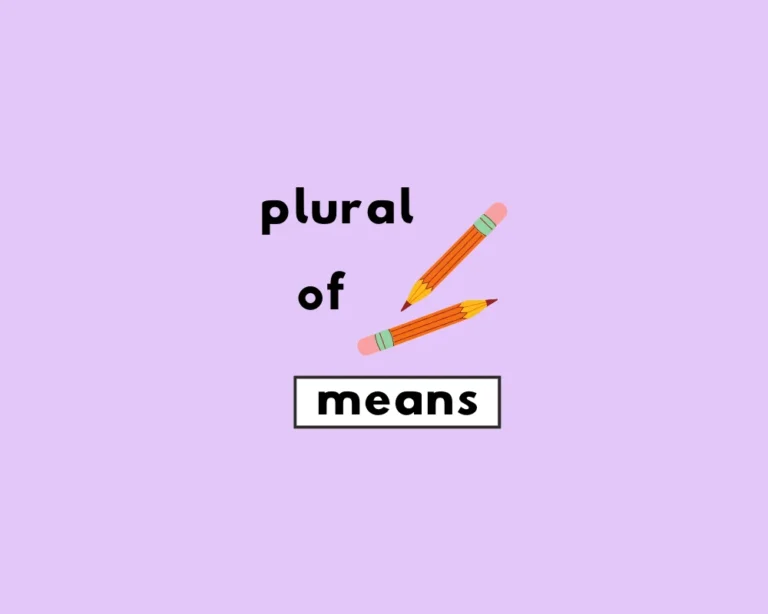
As a course of action, means can be singular and plural. When referring to finance, means is always plural.
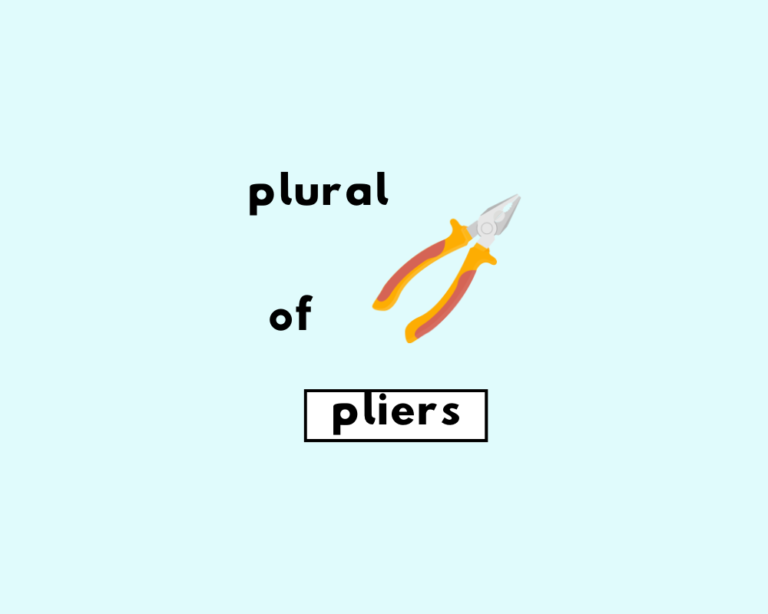
Pliers are a plural-only noun because they are made up of parts. ‘A pair of pliers’ refers to them as a singular noun.
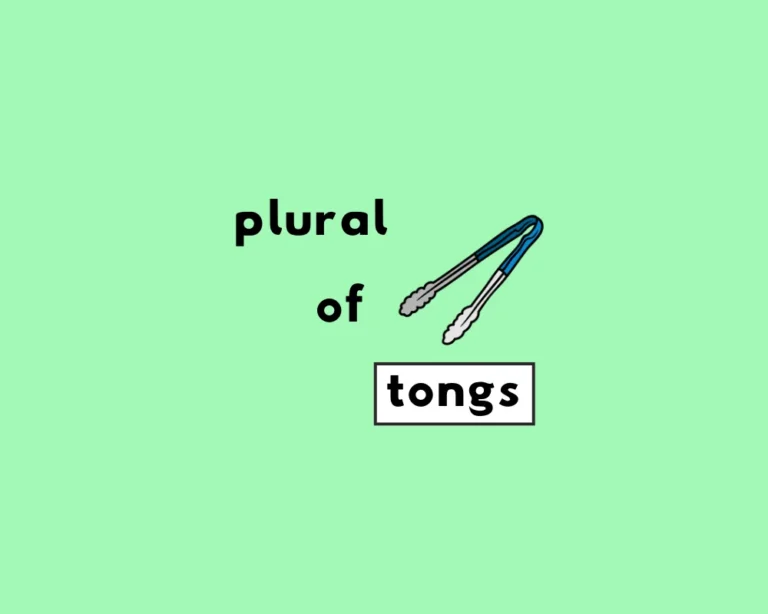
Tongs are a plural-only noun, as tongs are made up of parts/pairs/pieces. ‘A pair of tongs’ refers to tongs as a singular noun.